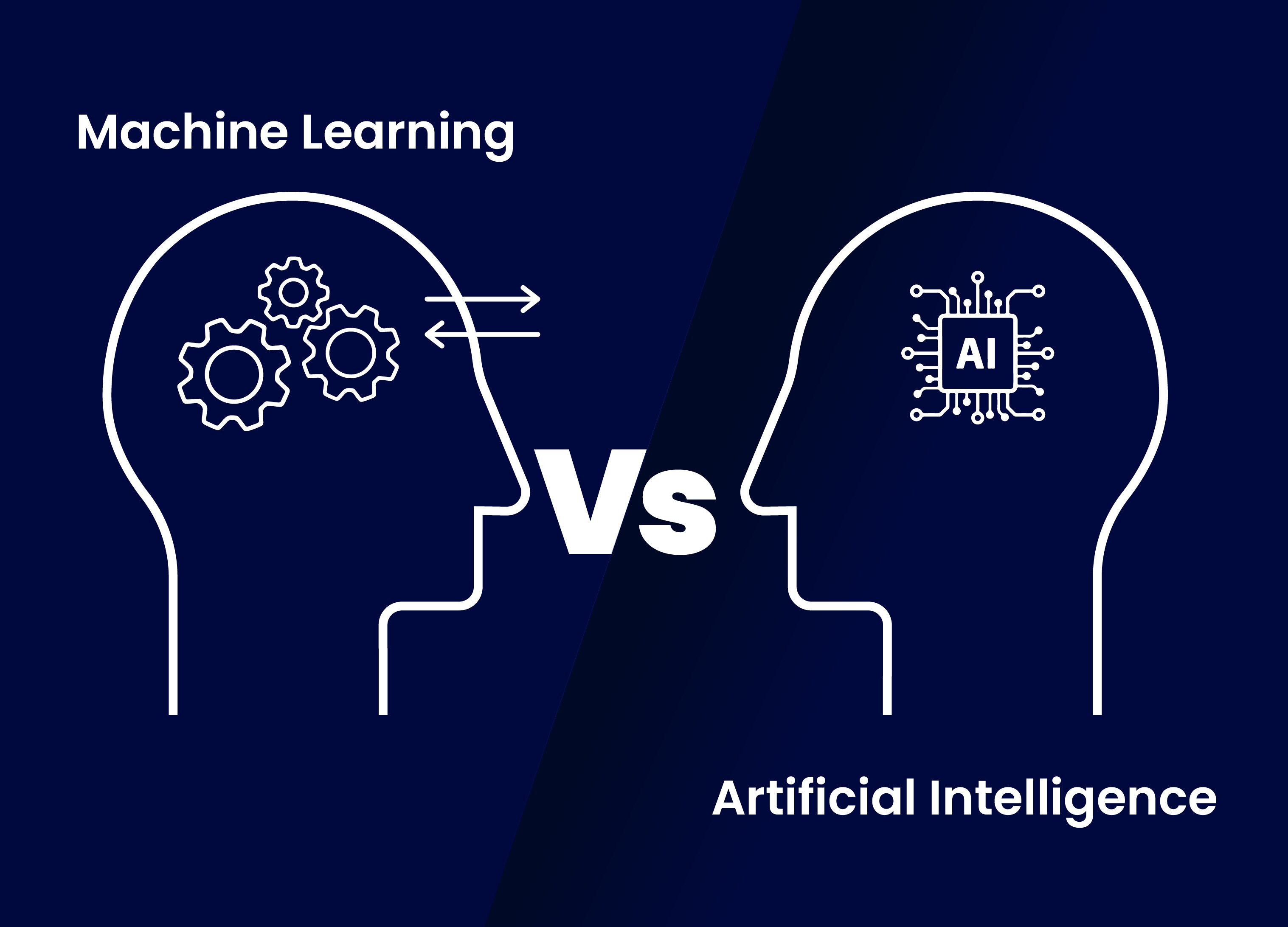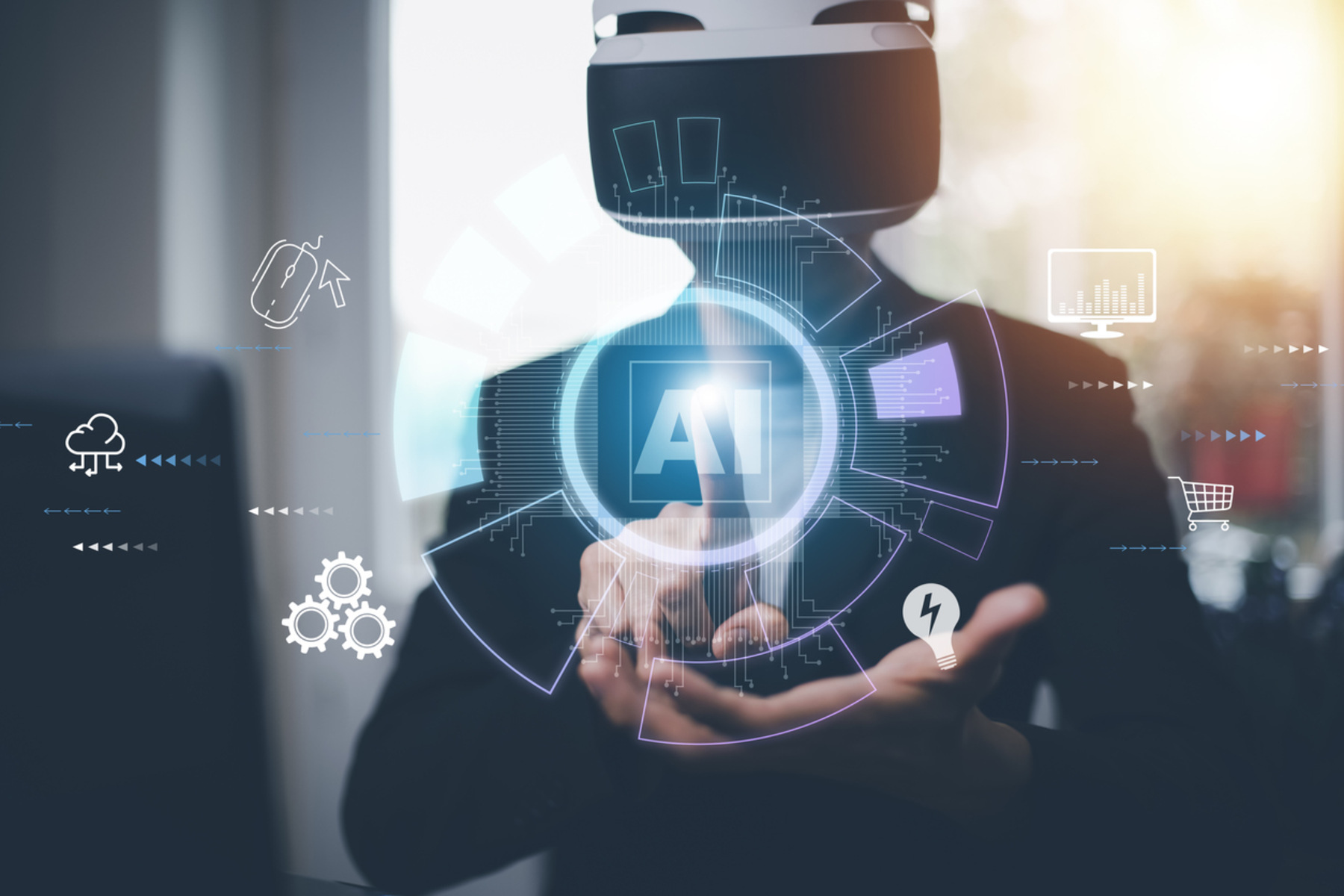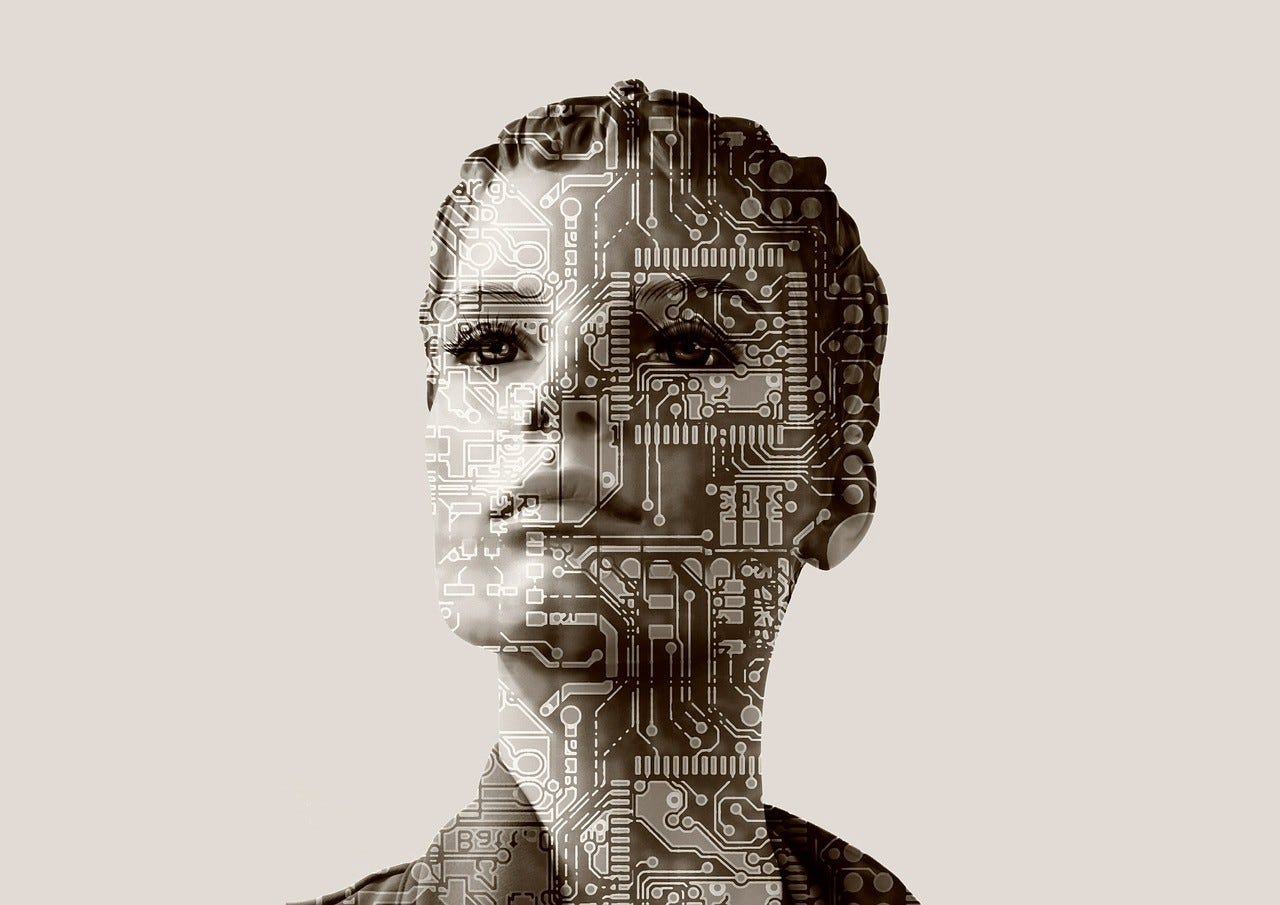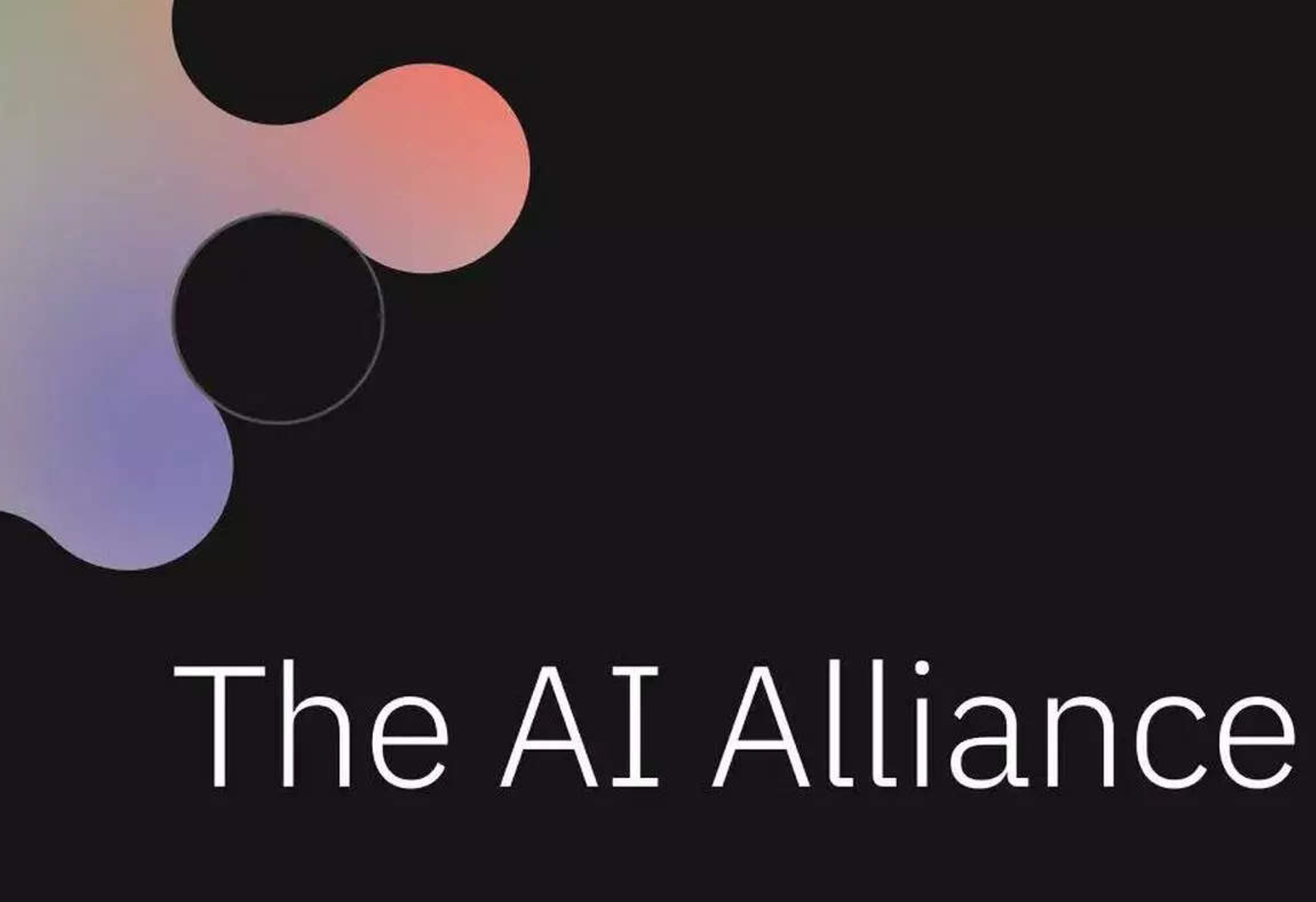As artificial intelligence continues to revolutionize industries and society as a whole, it is essential to understand the common challenges that developers face in AI development. From data quality issues to ethical considerations, navigating the complexities of AI development requires careful planning and problem-solving skills. In this post, we will explore the top ten challenges in AI software development and discuss strategies for overcoming them.
Data Quality and Availability
AI models are only as good as the data they are trained on. They require extensive, unbiased, and high-quality datasets for training. However, procuring such data can be a significant challenge. Organizations often grapple with issues related to data volume, variety, velocity, and veracity. Insufficient or low-quality data can lead to unreliable results and biased decisions. Data might be missing, unstructured, or riddled with errors, making it unsuitable for training purposes. Overcoming this challenge often involves investing in robust data collection, cleaning, and management practices.
Technology Roadblocks
Despite rapid advancements, AI still faces certain technological limitations that pose challenges. These include processing power requirements, especially for complex tasks and large datasets. The computational resources needed to train sophisticated AI models can be immense, putting a strain on existing infrastructure. Furthermore, the fast pace of AI technology development means that tools and techniques can quickly become obsolete, necessitating continual upgrades and investments.
Lack of Understanding and Clear Goals
Many organizations lack a clear understanding of AI, its potential applications, and how it aligns with their business goals. This lack of clarity can lead to unrealistic expectations, misaligned projects, and unsuccessful implementations. It’s crucial for organizations to understand the capabilities and limitations of AI, set clear objectives, and devise a strategic plan for AI integration.
Privacy Concerns
AI systems often deal with sensitive data, raising significant privacy concerns. Ensuring that AI systems comply with privacy regulations such as GDPR while still effectively learning from the data is a delicate balancing act. Organizations must develop robust data governance and privacy policies to protect sensitive information while enabling AI functionalities.
Integration Into Existing Systems
Integrating AI solutions into existing infrastructures can be a daunting task. Compatibility issues, outdated infrastructure, and potential disruption to current processes are all hurdles that need to be overcome. Successful integration requires careful planning, potentially significant changes to existing systems, and employee training.
Lack of AI Talent
There’s a shortage of professionals with the necessary skills to develop, implement, and maintain AI solutions. This skills gap can slow down AI adoption and implementation. Attracting and retaining AI talent requires competitive compensation, stimulating projects, and a supportive work environment that encourages continuous learning.
Ethical Concerns
AI systems can inadvertently introduce bias, leading to unfair outcomes. Moreover, many AI systems are “black boxes,” providing little insight into how they make decisions. This obscurity can lead to mistrust and legal issues. Addressing these concerns requires rigorous testing for bias and efforts toward explainable AI.


Data Security and Storage
Protecting the vast amounts of data used in AI from breaches is a significant concern. Additionally, storing and managing this data securely and efficiently requires substantial resources. Organizations need to invest in secure data storage solutions and robust cybersecurity measures to protect their AI assets.
Algorithm Bias and AI
AI has the power to transform numerous industries, from healthcare to finance and transportation to education. However, one of the major challenges facing AI development is algorithm bias. In essence, AI algorithms are only as objective as the data they are trained on. If the training data contains any biases, whether consciously or unconsciously, introduced by humans, it can lead to biased decision-making by AI systems.
For instance, if an AI system is trained on data that predominantly features one demographic over another, it is likely to develop a bias towards that demographic. This issue has been highlighted in recent years, particularly in areas like facial recognition technology. Several studies have shown that some facial recognition systems are more accurate for certain racial groups than others, primarily because they were trained on datasets that did not adequately represent all racial groups.
This type of bias doesn’t just apply to race but also to gender, age, socioeconomic status, and other factors. It can lead to unfair outcomes in various fields where AI is applied, such as hiring, lending, law enforcement, and more. Addressing this requires careful data collection and curation to ensure diversity and representativeness. Additionally, regular audits and checks can help identify and correct bias in AI algorithms.
Lack of Transparency in AI
Another significant challenge in AI development is the lack of transparency or the so-called “black box” problem. Many AI models, especially those based on deep learning, can be complicated and difficult to interpret. They take in inputs and produce outputs, but understanding the exact process they follow to arrive at a decision can be challenging.
This lack of transparency poses ethical concerns, especially when it comes to AI systems making decisions that affect people’s lives. For example, in healthcare, an AI system might recommend a particular treatment plan for a patient, but without understanding how the system arrived at that recommendation, doctors might be hesitant to follow it. Similarly, in the criminal justice system, AI is increasingly used to predict recidivism rates and inform sentencing decisions. If these decisions are based on opaque algorithms, it raises questions about fairness and accountability.
Efforts are underway to develop techniques for explainable AI or XAI – AI systems that can provide clear, understandable explanations for their decisions. These techniques aim to make AI decision-making processes more transparent, thereby increasing trust and enabling better oversight.
Conclusion
Despite the many challenges in AI development, the potential benefits of this rapidly advancing technology make it a worthwhile pursuit. By being aware of and addressing these challenges, developers can build more effective, responsible, and trustworthy AI systems that drive progress and improve people’s lives. Thus, let’s embrace the opportunities that AI offers while proactively working to overcome its challenges for a better future.

























